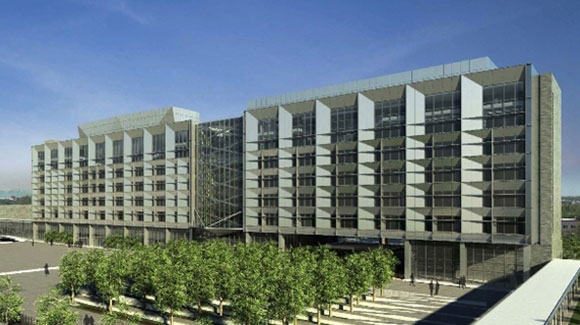Project Description
Whitestone Associates, Inc. provided pre-construction engineering services required to install and monitor geotechnical instrumentation for the New York Police Academy training facility complex project in Queens, New York. The complex replaced an older academy that opened in 1964 in order to consolidate City-wide training facilities.
The $1 billion complex is located on a city-owned, 30-acre lot in College Point and includes classrooms, offices, a gym, and training facilities constructed to simulate conditions officers face on the street. A firing range, driver training area and a tactical training village will be built as police facilities scattered around the city will be consolidated at this location.
The subsurface conditions at the site consisted of deep uncontrolled fill approximately 25 feet deep underlain by soft, compressible organic silts, clays, and peat deposits that extended to depths of 50 feet to 100 feet below the ground surface. Suitable bearing materials were as deep as 150 feet in portions of the site. As a result of poor subsurface conditions, the majority of the multi-story structures at the site were founded on deep steel pile foundation systems; however, an eight-acre Emergency Vehicle Operator Course and associated two-story parking garage structure were considered potential candidates for an alternative shallow foundation system that relied upon ground improvement. This shallow foundation alternative was considered due to relatively light building loads and substantial site area.
A surcharge program in conjunction with the installation of wick drains was considered for the proposed ground improvement program and a pilot test program was developed to evaluate the effectiveness of a surcharge program.
For the test pilot program, Whitestone installed specialty geotechnical instrumentation consisting of multi-level, vibrating wire piezometers to evaluate increases in pore water pressure due to the added surcharge, magnetic extensometers to evaluate the magnitude of settlement within specific subsurface stratum at various depths, and both Borros anchors and conventional settlement plates to monitor overall settlement magnitudes as well as prepared shop drawings and contractor submittals. The instruments were installed to depths ranging from 40 feet to 85 feet below the ground surface. The geotechnical instrumentation was directed to a central data center for ease of data collection.

